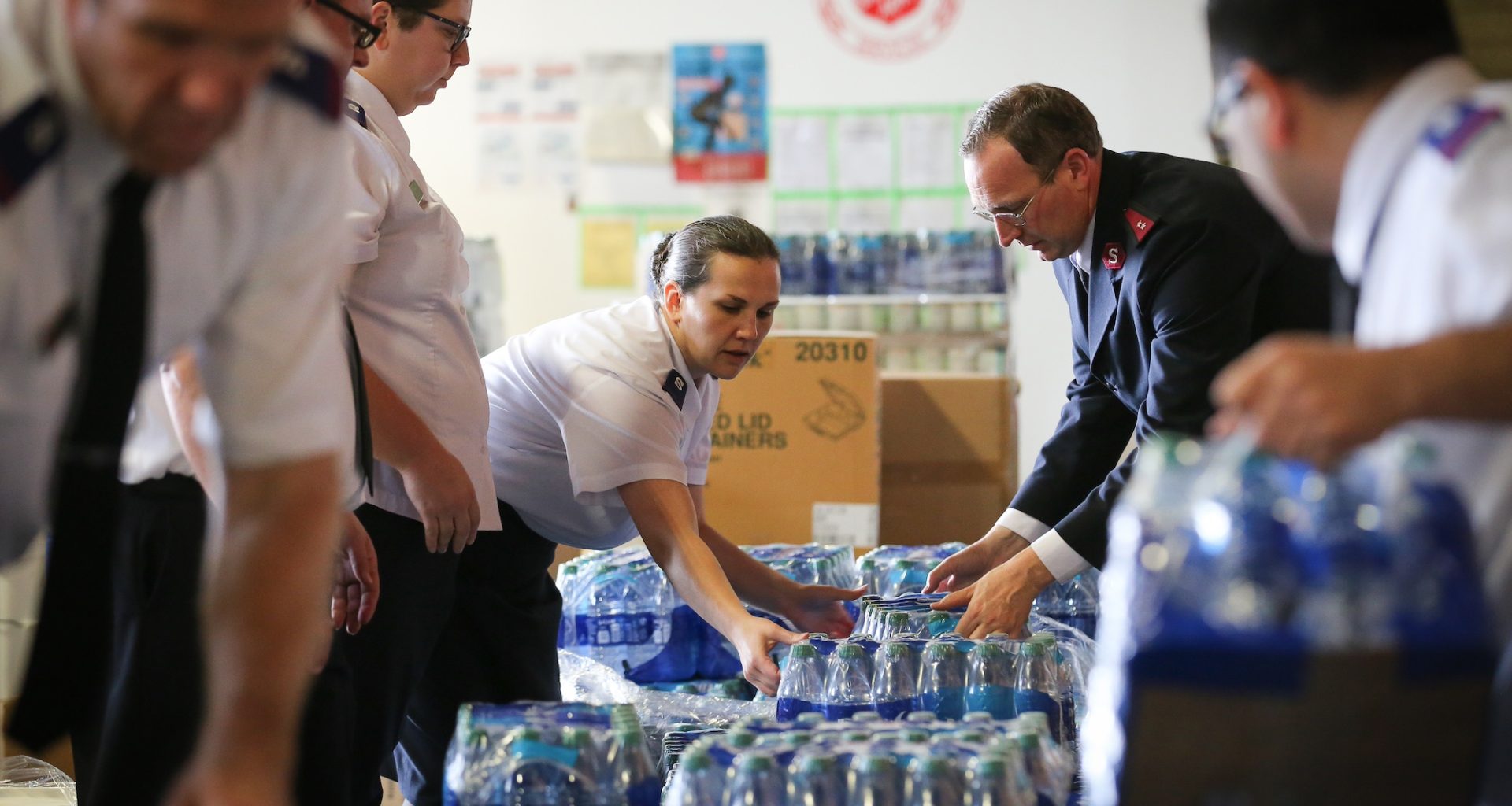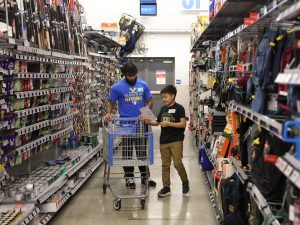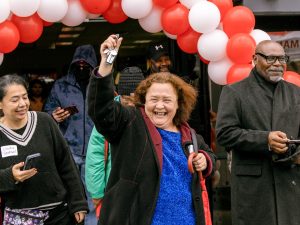In Chandler, Arizona, one man credits The Salvation Army for helping to restart his life after he sought heat relief.
Addist Bennett was in trouble.
He didn’t have a place to live or a steady job as the pandemic got underway, and spent two years surviving on the streets of Phoenix until he felt as though his luck had finally changed. He was hired in January 2022, but after only a few months, Bennett ruptured a hernia and couldn’t work.
“I was able to get surgery, but I was still homeless,” he said. “All I kept thinking was, ‘Why do I keep getting played?’ I was struggling. I didn’t wake up and decide to be in that position, but there I was.”
He had heard from others in the unhoused community that there were Salvation Army relief centers throughout the metro area that might be worth a visit. It was springtime then, but already warm.
Bennett knew how challenging it was just to exist outside in the summer, when triple digits blaze on for weeks on end. He was tired, and ready for change.
“I was apprehensive to go, because I know what’s said about homeless people: ‘They did this to themselves.’ Everyone I met on the street had heartbreaking stories, stories that could happen to anyone,” he said. “But I was told that they just wanted to help me, and I needed help.”
The relief center in Chandler, Arizona, sits on the main drag toward downtown, where the glow of restaurants draw happy crowds mere strides from pitched tents. It opens in May and closes in September, beckoning anyone who needs a place to catch their breath.
“I never lost hope, even though it was very hard. But when I came here, I got out of survival mode and back to living.”
Addist Bennett
Chandler Corps Officer Lieutenant Loren Philpot began his appointment there in the summer of 2023, as heat advisories were announced with regularity. For six days and sometimes seven if the temperature hits 110 degrees, Philpot greets up to 80 people and serves them cold water under cool air conditioning. They can stay from mid-morning until early evening.
“The majority of those who come are unsheltered,” he said. “We give them cots to sleep in, as well as the clothes, sunglasses, hats and sunscreen donated by the community. They can get breakfast and lunch if they’re hungry, and take a shower or do their laundry.”
There’s also a chapel where visitors can step in for services, or to pray. It’s where Philpot feels the most grounded, and where Bennett does, too. Philpot got to know Bennett after his initial welcome, following a 90-minute ride on public transit, and describes him as someone with a great spirit and a warm heart.
“I try to put myself in the position of anyone who comes in,” Philpot said. “I know that if it were me, I would want a friend.”
Philpot and other members of the relief center will connect visitors with social services to find necessities like overnight housing and reliable employment. As Bennett volunteered at the relief center’s food pantry, a social worker helped him retrieve his driver’s license and birth certificate to start getting back on his feet. The social worker secured temporary housing for him, too.
“One of the greatest gifts has been watching Bennett,” Philpot said. “He’s gained stability, and can now move forward with a foundation to where he’s able to set goals. He’s taking college courses for HVAC systems, so heating and cooling. It’s full circle.”
Bennett still volunteers at the relief center three times a week, and is a regular at Sunday services. He encourages others to join him, even though it might be scary at first.
“I never lost hope, even though it was very hard,” he said. “But when I came here, I got out of survival mode and back to living.”
Do Good:
- You’ve probably seen the red kettles and thrift stores, and while we’re rightfully well known for both…The Salvation Army is so much more than red kettles and thrift stores. So who are we? What do we do? Where? Right this way for Salvation Army 101.













